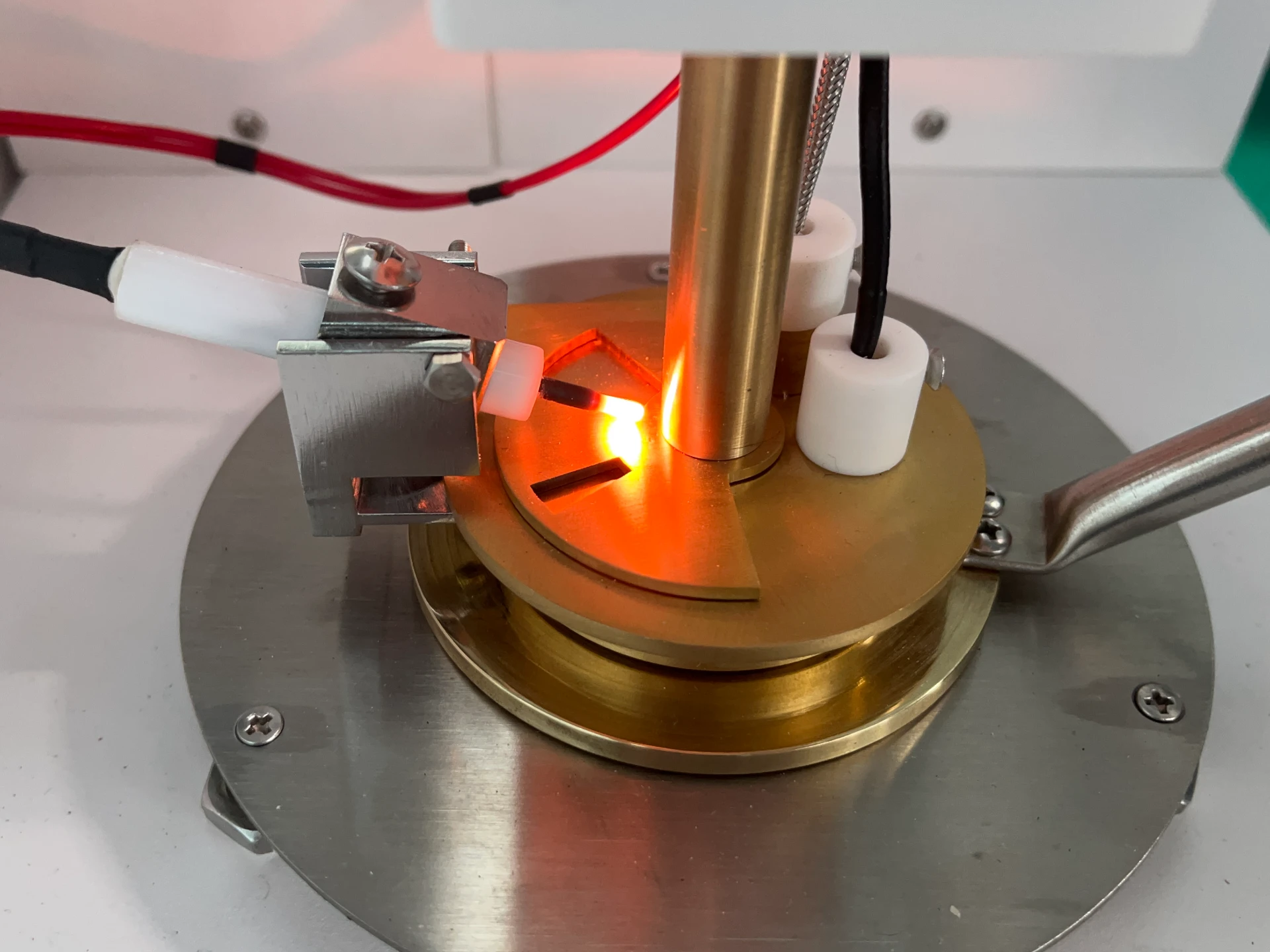 English
English



-
 Afrikaans
Afrikaans -
 Albanian
Albanian -
 Amharic
Amharic -
 Arabic
Arabic -
 Armenian
Armenian -
 Azerbaijani
Azerbaijani -
 Basque
Basque -
 Belarusian
Belarusian -
 Bengali
Bengali -
 Bosnian
Bosnian -
 Bulgarian
Bulgarian -
 Catalan
Catalan -
 Cebuano
Cebuano -
 China
China -
 China (Taiwan)
China (Taiwan) -
 Corsican
Corsican -
 Croatian
Croatian -
 Czech
Czech -
 Danish
Danish -
 Dutch
Dutch -
 English
English -
 Esperanto
Esperanto -
 Estonian
Estonian -
 Finnish
Finnish -
 French
French -
 Frisian
Frisian -
 Galician
Galician -
 Georgian
Georgian -
 German
German -
 Greek
Greek -
 Gujarati
Gujarati -
 Haitian Creole
Haitian Creole -
 hausa
hausa -
 hawaiian
hawaiian -
 Hebrew
Hebrew -
 Hindi
Hindi -
 Miao
Miao -
 Hungarian
Hungarian -
 Icelandic
Icelandic -
 igbo
igbo -
 Indonesian
Indonesian -
 irish
irish -
 Italian
Italian -
 Japanese
Japanese -
 Javanese
Javanese -
 Kannada
Kannada -
 kazakh
kazakh -
 Khmer
Khmer -
 Rwandese
Rwandese -
 Korean
Korean -
 Kurdish
Kurdish -
 Kyrgyz
Kyrgyz -
 Lao
Lao -
 Latin
Latin -
 Latvian
Latvian -
 Lithuanian
Lithuanian -
 Luxembourgish
Luxembourgish -
 Macedonian
Macedonian -
 Malgashi
Malgashi -
 Malay
Malay -
 Malayalam
Malayalam -
 Maltese
Maltese -
 Maori
Maori -
 Marathi
Marathi -
 Mongolian
Mongolian -
 Myanmar
Myanmar -
 Nepali
Nepali -
 Norwegian
Norwegian -
 Norwegian
Norwegian -
 Occitan
Occitan -
 Pashto
Pashto -
 Persian
Persian -
 Polish
Polish -
 Portuguese
Portuguese -
 Punjabi
Punjabi -
 Romanian
Romanian -
 Russian
Russian -
 Samoan
Samoan -
 Scottish Gaelic
Scottish Gaelic -
 Serbian
Serbian -
 Sesotho
Sesotho -
 Shona
Shona -
 Sindhi
Sindhi -
 Sinhala
Sinhala -
 Slovak
Slovak -
 Slovenian
Slovenian -
 Somali
Somali -
 Spanish
Spanish -
 Sundanese
Sundanese -
 Swahili
Swahili -
 Swedish
Swedish -
 Tagalog
Tagalog -
 Tajik
Tajik -
 Tamil
Tamil -
 Tatar
Tatar -
 Telugu
Telugu -
 Thai
Thai -
 Turkish
Turkish -
 Turkmen
Turkmen -
 Ukrainian
Ukrainian -
 Urdu
Urdu -
 Uighur
Uighur -
 Uzbek
Uzbek -
 Vietnamese
Vietnamese -
 Welsh
Welsh -
 Bantu
Bantu -
 Yiddish
Yiddish -
 Yoruba
Yoruba -
 Zulu
Zulu
power transformer tap changer
Understanding Power Transformer Tap Changers
Power transformers are essential components in electrical engineering, playing a crucial role in the transmission and distribution of electricity. Among their many features, tap changers are significant devices used to regulate voltage levels in power systems. This article will explore the importance of tap changers in power transformers, their types, and their operational principles.
What is a Tap Changer?
A tap changer is a device used in transformers to adjust the transformer’s output voltage. It does this by changing the transformer’s turns ratio, allowing for control over the voltage supplied to the load. This is particularly important in power systems where load conditions can change frequently, causing variations in voltage levels. Maintaining stable voltage is crucial for ensuring the reliability of power delivery and preventing damage to electrical equipment.
Types of Tap Changers
There are two primary types of tap changers On-Load Tap Changers (OLTC) and Off-Load Tap Changers (OLTC).
1. On-Load Tap Changers (OLTC) OLTCs allow for voltage adjustment while the transformer remains in service and under load. They are equipped with mechanisms that can switch taps without interrupting the power supply, thus maintaining continuous operation. This capability is vital for minimizing service interruptions and ensuring stable voltage levels, especially in systems with variable loads.
2. Off-Load Tap Changers Off-load tap changers require the transformer to be de-energized during operation. This means that adjustments can only be made when the transformer is offline, which may lead to service disruptions. While they are simpler and less costly than OLTCs, they are typically used in applications where load conditions are stable and voltage adjustment is not needed frequently.
power transformer tap changer

Operational Principles
The operation of a tap changer involves several key components the tap selector and the switching mechanism. The tap selector determines which winding or tap point is active based on the desired output voltage. The switching mechanism, which can be either mechanical or electronic, executes the changeover.
In OLTCs, the switching mechanism is designed to operate under load. When a tap is changed, the mechanism momentarily disconnects the circuit to prevent any arcing or short-circuiting. High-performance OLTCs may incorporate controls that monitor voltage levels in real time, ensuring adjustments are made automatically in response to load changes.
Importance in Power Systems
The role of tap changers in power transformers extends beyond simple voltage adjustment. They contribute significantly to the overall stability and reliability of electrical grids. By allowing for real-time voltage regulation, tap changers help mitigate issues caused by fluctuating demands, such as voltage sags or surges. This capability is especially critical in high-demand periods when residential, commercial, and industrial users draw more power.
Moreover, efficient voltage regulation can improve the performance of other electrical devices within the system. Voltage variations can lead to equipment overheating, operational inefficiencies, and even failures. By implementing effective tap changing strategies, utilities can enhance system performance and longevity.
Conclusion
Power transformer tap changers are a vital aspect of modern power distribution systems. Their ability to adjust output voltage ensures that electrical supply remains stable, even in the face of variable load conditions. Understanding the different types of tap changers and their operational principles enables engineers and utilities to select the right solutions for their specific applications, ultimately contributing to a more reliable and efficient electrical grid. As the demand for electricity continues to grow, the importance of technologies such as tap changers will only increase, making them an essential focus for ongoing research and development in the field of electrical engineering.
-
Testing Equipment Industry Sees Major Advancements in 2025: Smart & Precision Technologies Lead the WayNewsJun.06,2025
-
Applications of Direct Current Generators in Renewable Energy SystemsNewsJun.05,2025
-
Hipot Tester Calibration and Accuracy GuidelinesNewsJun.05,2025
-
Digital Circuit Breaker Analyzer Features and BenefitsNewsJun.05,2025
-
Benefits of Real-Time Power Quality Monitoring Devices for Industrial EfficiencyNewsJun.05,2025
-
Earth Fault Loop Testing in High-Rise Building Electrical SystemsNewsJun.05,2025



